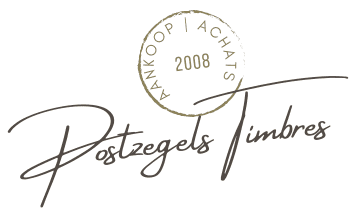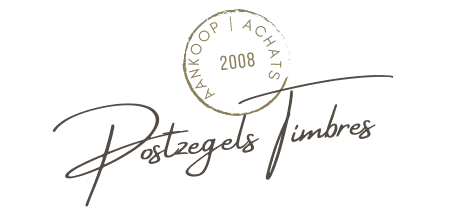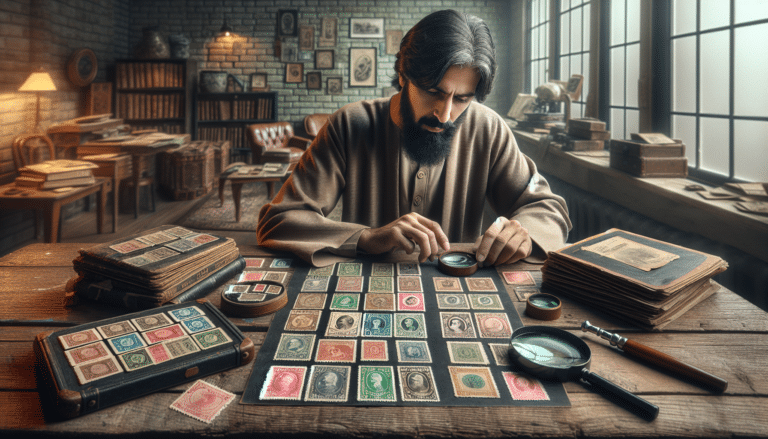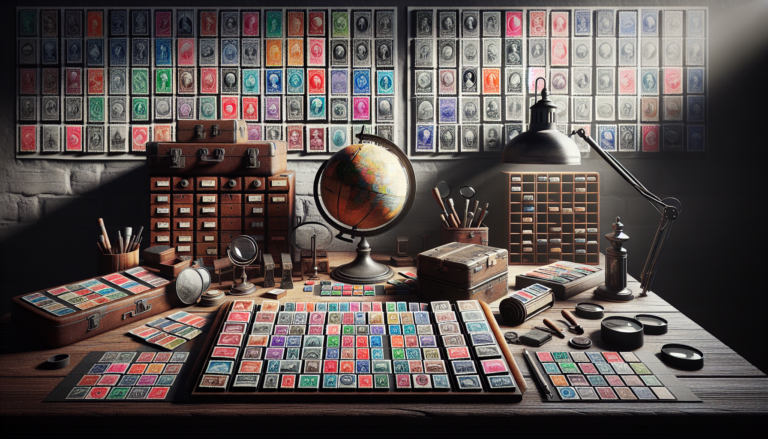Summary
ToggleYou can assimilate the stamps and their history with small ephemeral treasures.
You see, these little pieces of paper that make you travel through time and space 🕰️✈️? What are the stamps and their history, do you ask yourself? Well, hang on, because the universe of stamps and their history is as fascinating as a story of Pascal ! Each stamp tells a story, an event, an art, sometimes even a famous character. It is like a mini-exhibition on your mail; Who would have thought that a simple piece of paper could be a portal to the past? 😄
Imagine for a moment: you send a letter, and presto! Your stamp becomes the hero of this adventure. The stamps and their story are there to carry messages, like discreet spokespersons, except that they do not speak, but they can make you smile 😂. Who would have thought that this little square could contain so many stories to reveal? So, ready to dive into the captivating universe of stamps and their history? The journey begins here; Hang your belt and prepare to discover the secrets of these little postal ambassadors!
- Origin : stamps were born in 1840 in Great Britain with the OneNy Black , first stamp for the sender.
- Function : They are used to free the mail, replacing the system where the recipient paid.
- Evolution : stamps have evolved in designs and materials, integrating both historical illustrations and modern technologies.
- Collectible : with their value and diversity, stamps have become collectibles prized by philatelists .
- Cultural impact : Each stamp tells a story about the country, culture or the event it represents.
- Perspectives : Despite their decline in the digital age, stamps continue to attract enthusiasts for their historical and artistic value.
- Infrastructure : Many museums and events, such as philatelic salons, celebrate the history of stamps and their importance in the modern world.
The stamps are much more than simple pieces of paper; These are real small works of art, memories, and witnesses of history. They allow you to send letters around the world, but also to travel back in time. Yes, you read correctly! Imagine for a moment that a stamp can whisper the secrets of a past century. 🕰️
The origins of stamps
It all started in 1840, a cold morning in May, when the One Penny Black appeared in the United Kingdom. Before that, it was the recipient who had to pay the shipment. A bit as if it was you who had to pay for the popcorn in the cinema while watching a film! With this stamp, it is the sender who takes care of the costs; A real revolution! This is the essence of stamps and their history : reforms that change everything!
The stamps and their history are a reflection of our society, capturing not only important events, but also moments of daily life. Each stamp, whether a commemorative stamp or a current stamp, contributes to the rich tapestry in postal history.
The stamps and their history continue to inspire artists and creators around the world. It is fascinating to see how a simple stamp can generate so much creativity and innovation.
How are they made?
The collection of stamps and their history is an enriching activity which allows to weave links between enthusiasts. Meetings during philatelic exhibitions are often an opportunity to exchange stories around philately .
Ah, the manufacture of stamps! It's a bit like concocting a gastronomic dish. First, you need one of the mains , a creative artist who puts your little piece of paper in style. Then we serious. Some stamps are even scented or in Braille; That is to say if creativity does not know any limits. Imagine a stamp that reminds you of the smell of chocolate… 🍫
Through stamps and their history, you can discover stories of peace, war, love and friendship. Each stamp has the potential to transform a simple sending into a celebration of the past.
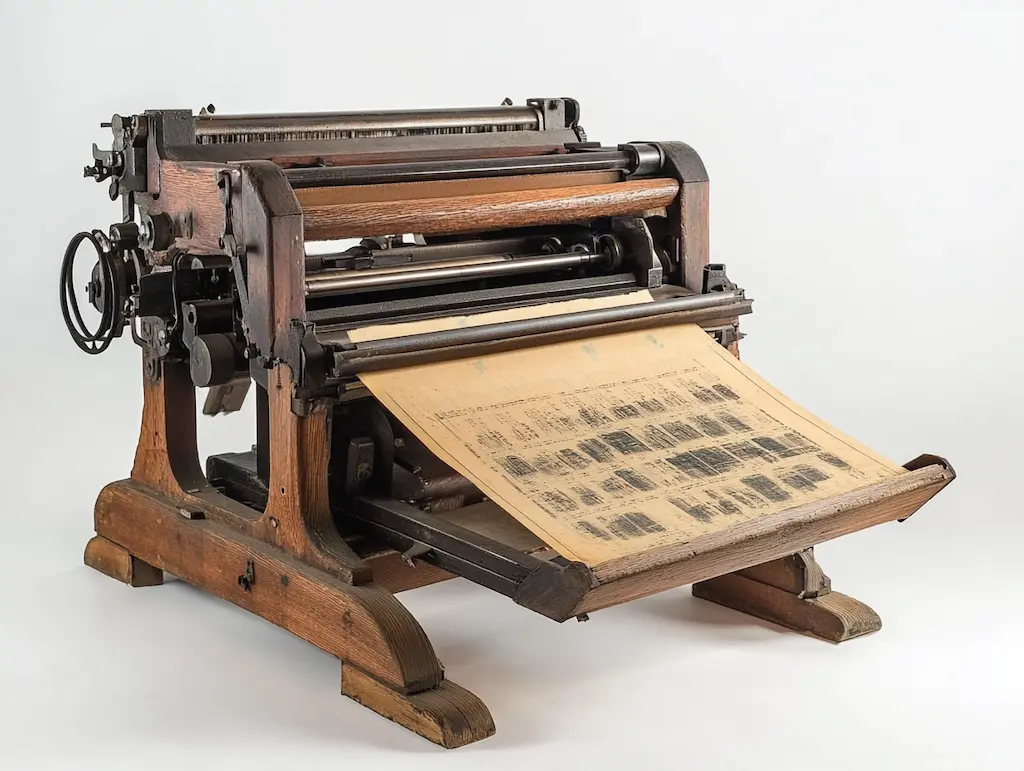
Stamps around the world
The stamps are available in a thousand forms and colors. In each country, they evoke stories, characters, events. You could spend hours collecting them! Do not forget, in passing, that Pascal is an expert who buys your old stamps on 0473 444 706. Yes, he wants to know their history, each stamp is an adventure. 📞
Looking for unique collections
The stamp is a fascinating kingdom. To stand out, you need unique collections, rare pearls. Have the eye! Find the flea markets and scrutinize the flea markets. The magic of philately often rests in unexpected discoveries. It's like looking for a lost treasure at the bottom of the garden. 🏴☠️
Collector's challenges
Obviously, immersing yourself in the universe of stamps can be complicated. Today's collectors are facing challenges. Access to stamps, ignorance of this hobby, and sometimes even prices. But Hey, a good treasure hunt requires efforts! Tell your quest to your friends, share each discovery. One day one of them could become a fan of Philatelie in turn!
The future of philately
Well, what will the future of stamps ? With the rise of digital, the decline seems inevitable. However, the younger generations can energize this hobby! Use social networks, share your discoveries, and why not organize workshops in your cultural center? It could make others want to immerse themselves. It's a bit like inviting friends to the cinema to introduce them to a cult film; A real passion gift! 🎞️
Philately, an educational tool
Finally, philatelie is not just a hobby; It is a real educational tool! Stamps allow you to learn history, geography, art; It opens doors to other cultures. Who would have thought that a simple stamp could be a passport to knowledge? Yes, you could even create a game around stamps with your friends. Challenge accepted? 😉
So, dear passionate, leaning on stamps and their story , you can discover a fascinating world on every street corner. Do not forget to buy stamps, one room at a time, and to share this delicious passion with the world! 🥳
📮 Stamps: History and evolution 🕰️
| Appearance | Details |
|---|---|
| Invention | The postage stamp was invented in 1840 in Great Britain. |
| Pioneer | One Penny Black, first stamp, with the image of Queen Victoria . |
| Revolution | Modification of the payment system: the sender now pays. |
| Cultural impact | The stamps reflect historical events and cultural values . |
| Techniques | Use of various printing technologies, including the loss size . |
| Digital evolution | Integration of services like E-Lettre for online mail. |
| Philatelic beans | Stamps become collectibles, representing a passion . |
| Contemporary challenges | Decline to the digital and electronic letters. |
| Community | Collectors often gather in associations . |
What is stamps and their history?
Hi friend! 😊 Do you certainly wonder: what is stamps and their history? Hang on, because we are going to dive into a captivating universe; That of the pieces of erased paper that changed the face of communication!
The stamps are not just small drawings stuck on an envelope; No ! They are like windows open to the past. Imagine yourself embedded in a time machine! 🚀 Each stamp represents an era, an event, a culture. It's a bit like the "novel of your life" in miniature, but collection version. Yes, these little pieces of paper carry the imprint of history in them, like a lock which opens a trunk filled with treasures.
It all started with the famous One Penny Black ; The first stamp in the world, issued in 1840. Before that, it was a real headache! The sender did not pay. Imagine the bazaar; Receive a letter without knowing if it will cost you dear or not ... It was like playing Russian roulette with your purse. 🎰
And as Pascal would say: "the heart has its reasons that reason does not know". It is true, stamps may seem trivial, but for collectors, they are a passion; A flame that never goes out. Like a playlist of your favorite songs, their story never gets rid of.
So, ready to embark on the philatelic adventure? Whether you are a novice or an expert, every stamp that you discover is a new page to write in the big book in history. If you are looking for something original, plunge into this world and find your own treasure! 🤩 Come on, it's time to scratch a stamp or two!
FAQ on stamps and their history
What is a stamp? ✉️ A stamp is a small piece of erased paper, often colorful and illustrated, which is used to overcome a letter. It is a symbol of postal postage.
What is the origin of stamps? 📜 The stamps were invented in the 19th century, with the first postal stamp, the One Penny Black, issued in Britain in 1840.
How have the stamps evolved over the years? 🔄 Over the decades, stamps have adopted different forms, colors and printing techniques, reflecting the cultural and historical changes of nations.
Why do people collect stamps? 🧩 The collection of stamps , or philately, is a hobby that allows you to explore history, art and culture through the different stamps emitted around the world.
When you are interested in stamps and their history, you will plunge into an ocean of culture, art and emotions.
Are there more precious stamps than others? 💰 Yes, some rare stamps, like the One hundred magenta, are highly sought after by collectors and can reach exorbitant prices during auctions.
The stamps and their history continue to evolve at the rate of societal changes, offering a living story of transformations over the decades.
Stamps and their history are not only a collection, but a journey through time and space.
In conclusion, stamps and their history are a treasure to discover, a passion to share and knowledge to be transmitted.
The stamps and their history also remind us of the importance of written communication, even in the digital age.
What role do stamps play today in a digital era? 💻 stamps, although less used due to electronic letters, continue to be a form of art and heritage, and physical letters are still in circulation.
How are the stamps made? 🏭 The stamps are designed by artists, then printed by engravers using different techniques to highlight their details and colors.
The stamps and their history are a way to celebrate the significant events of our time, inviting everyone to participate in this collective story.
What are the current trends in philately? 🌍 Philately is experiencing modern trends, with the integration of technology and the growing interest of young people for this art form.
The stamps and their history are often an invitation to discover the world through the eyes of artists and writers who created them.
The stamps and their history are also unforgettable memories that remind us of the ties that we have forged with the people of our lives.
The fascinating universe of stamps
| Key concepts | Enlightening details |
|---|---|
| Origin | Invented in the 19th century in the United Kingdom with the One Penny Black . |
| Evolution | Transformation of postal exchanges and introduction of postal reform . |
| Aesthetic | A combination of art and technique, often produced by renowned artists . |
| Historical value | Each stamp tells a cultural story and testifies to its time. |
| Philanthropy | Standing stamps to support social and environmental causes. |
| Print technique | Use methods such as engraving and heliogravure . |
| Rarity | Certain stamps, such as one hundred magenta , reach exorbitant values. |
| Digitalization | Emergence of e-letter , modifying the landscape of correspondence. |
| Community | Collectionism creates links between enthusiasts around the world . |
| Events | Stamp festivals and salons, celebrating philatelic culture . |
The stamps are small pieces of erased or stickers that are used to free the mail. Their invention revolutionized communication on a global scale, allowing the sender to settle the cost of sending before the letter was sent. Stamps are often decorated with motifs of art, culture, history or wildlife in a country, thus transforming these small rectangles into real works of art.
The history of the postage stamp began in the 19th century , more precisely in 1840 , when the first stamp, the One Penny Black , was issued by the British post office . This stamp, with the image of Queen Victoria, marked the beginnings of a postal system where the sender pays the sending. Before that, only the recipient was responsible for payment, which led to the circulation of mail.
The concept of the stamp quickly gained popularity and was adopted in other countries, especially in France where the first national stamp, the Marianne Cérès , was issued in 1849 . This change made it possible to standardize and simplify the sending of letters, while promoting the development of trade and cultural exchanges through borders.
In addition to their functionality, stamps have become collectibles . Philately, a term designating the collection of stamps, was born following this craze. Collectors are interested not only in the stamps themselves, but also in their origin and the stories they tell. Over the years, some rare stamps have acquired invaluable value, reaching staggering prices during auctions.
Stamp printing methods have evolved over time. Initially, stamps were engraved, but with the progress of technology, new techniques such as heliogravure and digital printing have been developed. These innovations made it possible to produce stamps with a much superior image and color quality. braille stamps , testifying to limitless creativity in this area.
In Algeria, the country's philatelic wealth Thanks to the emergence of associations, like that recently created in Annaba , philately is in full dynamic, seeking to raise awareness and promote this collection art. These associations organize various events, such as exhibitions , competitions and workshops , aimed at awakening interest around this fascinating universe.
The stamps and their history are also revealing of social and political changes over time, offering a unique perspective on the ideals of a given era.
Digitalization has also marked the evolution of stamps, with modern services such as E-Lettre , which consists in sending an online letter, printed by postal services. This illustrates well how the timbre universe continues to modernize while keeping its historic essence.
By taking an interest in stamps and their history, we also discover the innovation of printing techniques that have evolved over the years, making each stamp unique.
Many countries publish stamps that highlight their cultural heritage, and stamps and their history are a living testimony.
By exploring stamps and their history, we realize how these little pieces of paper can have a huge impact on our lives.
The stamps and their history are a real common thread that connects generations, and each collection tells a personal story.
Discovering stamps and their history can also be a source of inspiration for artists and writers.
By exploring stamps and their history, it is possible to forge links with other collectors around the world.
Stamps and their history are also a way of reliving significant moments of society and culture, allowing a retrospective look at our past.
Passion for stamps and their history is not only limited to the collection, but also extends to education and awareness of the importance of communication.
In conclusion, stamps represent much more than a simple means of payment for mail. They encapsulate human history, art and culture, while promoting enriching exchanges around the world. The passion for philately continues to live, embodied by collectors and new generations who discover this hobby. A small piece of paper, loaded with stories and memories, has proven that he still has a lot to offer us.
Discover the fascinating universe of stamps! 🌍
Have you ever wondered what the stamps and what is their story ? These small pieces of erased paper, called postage stamps , revolutionize the way in which we communicate. In Belgium , philately takes an essential place, with collections of Belgian stamps that attract many enthusiasts. Besides, you can explore Belgian stamps on the eshop stamp of Bpost new pieces for your collection of stamps . 🐾
Whether you are a fan of animals or you are looking for leaves or sheets , there is always something to discover! With the year 2025 approaching, benefits from good deals and starts your collection on 1 . Compared, in 2026 , Belgian stamps will continue to enrich the universe of philately , allowing you to explore all the art of postage . 🌟
